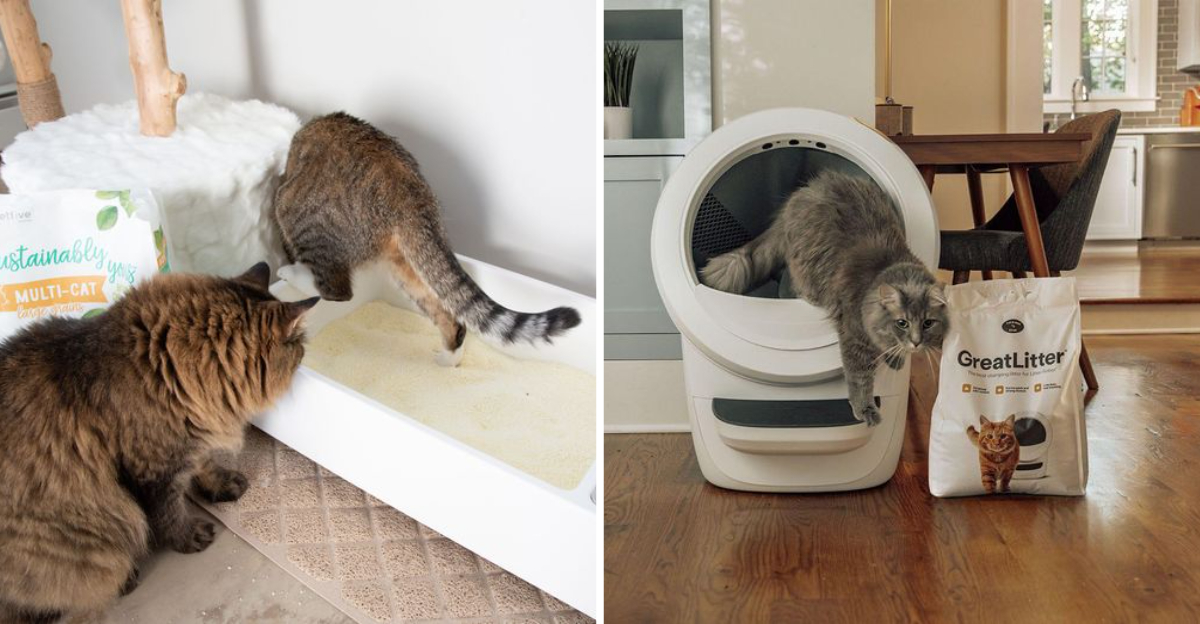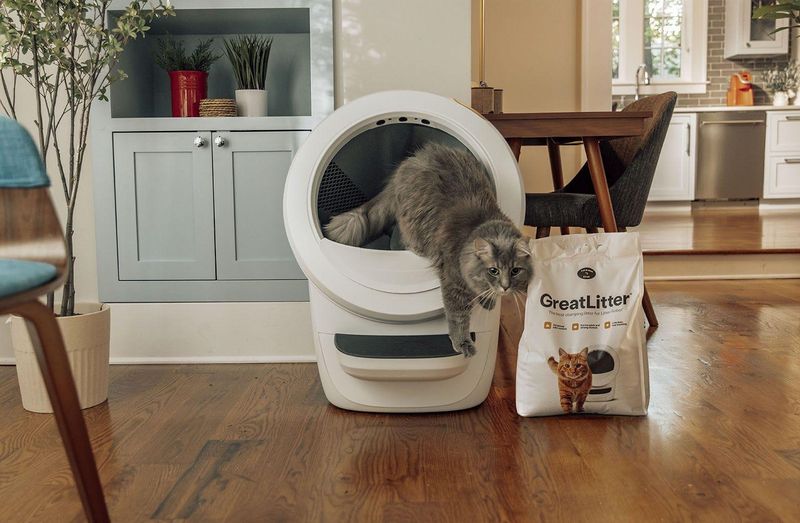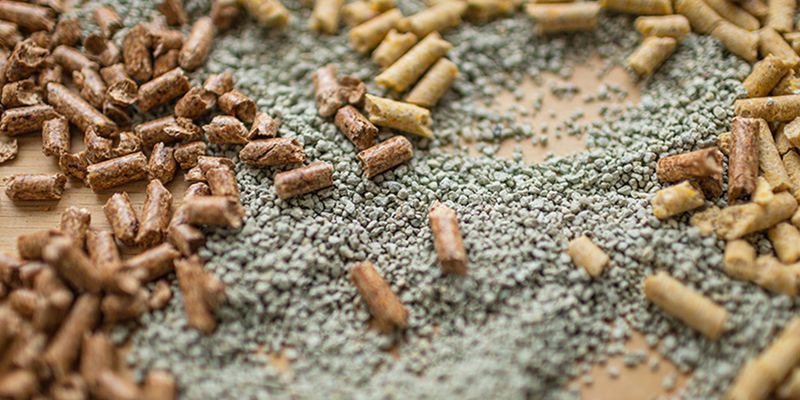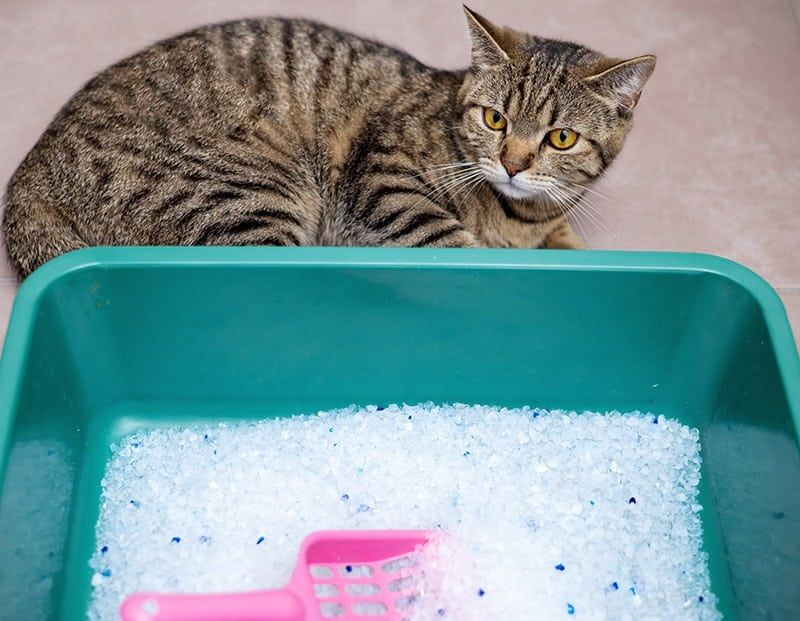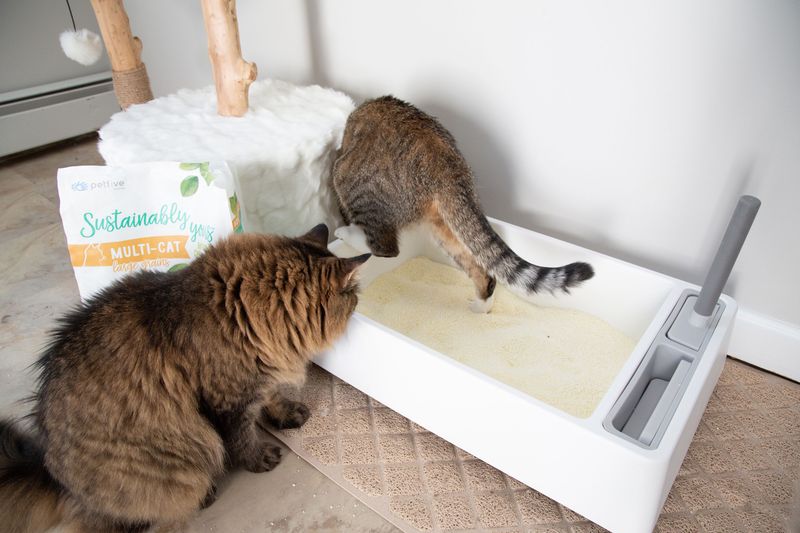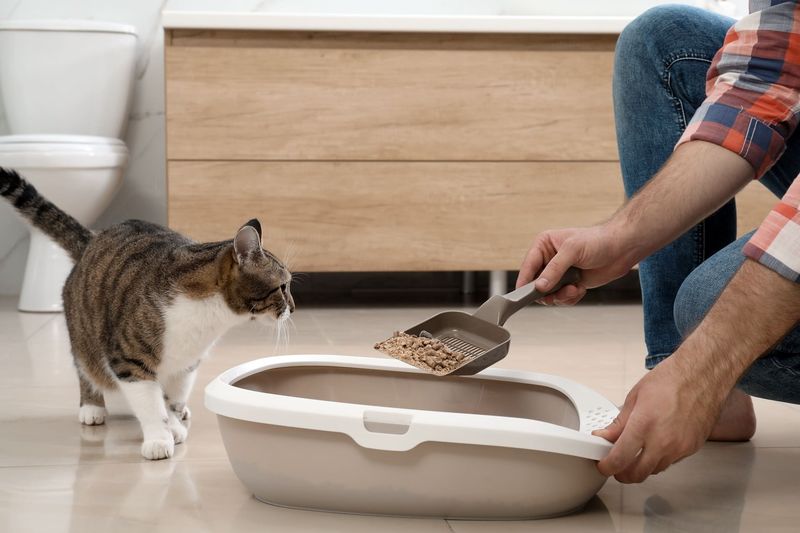📖 Table of Content:
Keeping your cat’s litter box clean isn’t just about odor control—it’s essential for your cat’s health and happiness. In this blog, we break down how often you should change cat litter based on litter type, the number of cats in your home, and your cat’s habits.
Whether you’re using clumping, non-clumping, crystal, or natural litter, this guide will help you find the right cleaning schedule to keep things fresh. You’ll also learn signs that it’s time for a change, how to deep-clean the litter box, and tips to keep your cat using it consistently.
Ideal for first-time cat parents or seasoned owners looking to refresh their routine!
1. Clumping Litter: Daily Scooping, Less Frequent Changes
Clumping litter, adored for its practicality, forms solid clumps when wet, simplifying waste removal. For a single cat, daily scooping is recommended to maintain freshness. A complete change every two to four weeks is usually adequate. In multi-cat homes, consider a more frequent cycle, changing the litter every two to three weeks. This type of litter bonds with moisture, making it easy to manage. Its ease of use and efficiency make it a favorite among pet owners. Remember, a clean environment contributes significantly to your cat’s happiness and health.
2. Non-Clumping Litter: More Frequent Refreshes
Non-clumping litter, while excellent for absorbency, requires more frequent refreshing due to its nature. For a single cat, a full change at least twice a week is advisable. In households with several cats, the frequency might need to be increased, potentially requiring daily changes. This type lacks the clumping convenience, so keeping it clean necessitates diligence. Despite needing more upkeep, many cats enjoy the softer texture it offers. Ensuring the litter box remains clean will help prevent unpleasant odors and keep your cat satisfied.
3. Silica Gel Litter: Long-Lasting Freshness
Silica gel litter stands out for its longevity, requiring changes only every three to four weeks. Daily removal of solid waste and occasional stirring of the pellets help maintain its effectiveness. This type of litter locks in moisture, reducing odor and keeping the area fresh. While it demands less frequent total changes, regular maintenance is crucial. The unique crystal-like appearance and efficiency at odor control make it an elegant choice. Cats often find its texture intriguing, and owners appreciate the reduced effort needed to keep things tidy.
4. Factors Influencing Litter Change Frequency
Multiple factors influence how often you should change your cat’s litter. The number of cats, their health, and even preferences play a role. A single box might need more frequent cleaning when shared among several cats. Cats with certain health issues could produce more waste, requiring attention. Additionally, some cats are particular about their environment, demanding a spotless litter box. Understanding these elements helps maintain a pleasant atmosphere for everyone. By adapting to your cat’s needs, you can ensure their comfort and well-being.
5. Additional Tips for a Clean Litter Box
Keeping a litter box clean goes beyond just changing the litter. Daily maintenance is vital, scooping out waste regularly to prevent odors. When changing the litter, it’s essential to wash the box with mild soap and water, removing bacteria and lingering smells. Maintaining the right litter depth—two to three inches for non-clumping, and three to four inches for clumping—ensures effective waste absorption. These practices make a significant difference in the overall cleanliness and appeal of the litter box, promoting a healthy environment for your cat.
